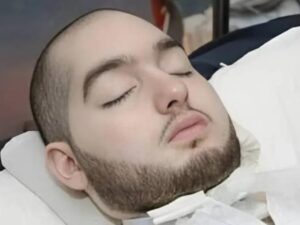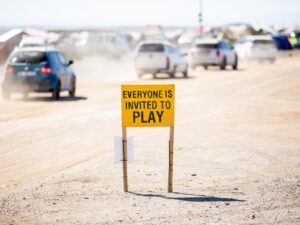Dianne Ashworth (left)
World-first technology has allowed a blind woman to start seeing light after she was implanted with an early prototype bionic eye.
The woman, 54-year-old Dianne Ashworth, was fitted with the device during surgery at the Royal Victorian Eye and Ear Hospital in May this year, and has now fully recovered from the surgery.
According to the Sydney Morning Herald:
Australian researchers have been working for years to develop the bionic eye, in which electrodes are inserted into the retina of vision-impaired patients. It was switched on last month at the Bionics Institute in East Melbourne after her eye had recovered fully from surgery, as researchers held their collective breath in the next room while watching via video link. The electrodes send electrical impulses to nerve cells in the eye, which occur naturally in people with normal vision. In the early prototype bionic eye, the electrodes are connected to a receptor fitted to the back of Ms Ashworth’s ear, which is then plugged in through an external wire to a unit in the laboratory.
Researchers in the laboratory use the unit to control the information sent to Ms Ashworth’s eye, allowing them to study how the brain reacts.
Feedback from Ms Ashworth will allow researchers to develop a vision processor so they can build images using flashes of light.
Ms Ashworth was extremely pleased with the results:
All of a sudden I could see a little flash … it was amazing. Every time there was stimulation there was a different shape that appeared in front of my eye.
The potential of the device seems something we should be excited about too, as Bionics Institute director Rob Shepherd explained the next step was to test various levels of electrical stimulation.
We are working with Ms Ashworth to determine exactly what she sees each time the retina is stimulated using a purpose-built laboratory at the Bionics Institute. The team is looking for consistency of shapes, brightness, size and location of flashes to determine how the brain interprets this information. Having this unique information will allow us to maximise our technology as it evolves through 2013 and 2014.
Chairman of Bionic Vision Australia David Penington:
These results have fulfilled our best expectations, giving us confidence that with further development we can achieve useful vision. Much still needs to be done in using the current implant to build images for Ms Ashworth. The next big step will be when we commence implants of the full devices.
[Source: SMH]





